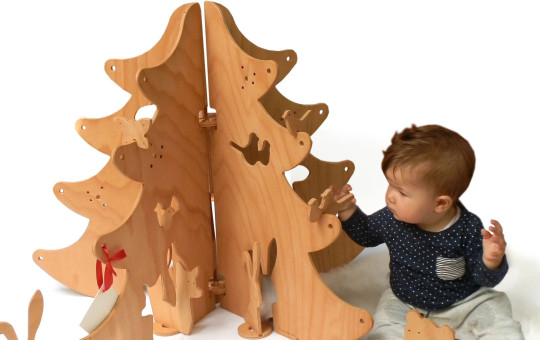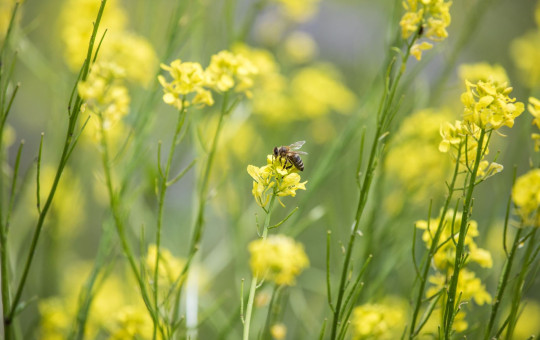The European Union declared 21 May European Natura 2000 Day. Natura 2000 is a European network of special protected areas. Slovenia is one of the countries with the highest biodiversity in Europe.
The main objective of Natura 2000 is to preserve biodiversity for future generations. It protects animal and plant species and habitats that are rare or already endangered in Europe.
The EU Natura 2000 network was set up as part of the implementation of the Habitats and Birds Directives.
-

The Ljubljana Marshes are home to numerous rare animal and plant species. Photo: Jošt Gantar/www.slovenia.info
-

Zelena rega (Pelophylax kl. esculentus). Photo: Maja Cipot
-

European Natura 2000 Day relates to 21 May 1992, when the Habitats Directive and LIFE programme were approved. European Natura 2000 Day was declared in 2017. Triglav National Park is one of the most beautiful places in Slovenia. Photo: Aleš Zdešar/www.slovenia.info
Natura 2000 sites in Slovenia
Slovenia has 355 Natura 2000 sites, of which 324 are designated under the Habitats Directive and 31 under the Birds Directive. Natura 2000 sites cover 37.46% or 7,681 km2 of Slovenia’s territory and have around 128,000 inhabitants.
Forests account for 71% of these protected areas, 5% of sites lies above the treeline, 23% consists of agricultural land and overgrown land, 1% is water, and 2% is built-up areas.
The Triglav National Park, regional and landscape parks, reserves and natural monuments account for 29% of the Natura 2000 sites.
-

Natura 2000 sites cover 37% of Slovenia’s territory. In the area of Lake Cerknica there is 276 bird species have been observed – one half of all European species; this is home to 45 mammal species – one half of all European species; 125 butterfly species can be spotted here – a little less than a third of all European species; 15 amphibian species spawn by the lake – nearly a quarter of all European amphibians... Biodiversity of the region is truly exceptional!
-

Kamnik-Savinja Alps. Photo: Aljoša Rehar/STA
In recent years Slovenia has made an effort to improve the status of the grassland in the Ljubljana Marshes, the Cerknica intermittent lake and Planinsko polje, Goričko and the Karst; to restore the marshland in the regions of central Slovenia and Gorenjska; and to improve the conditions for European important the species and habitats in the Vipava valley and the Julian Alps.
The objective of the LIFE Integrated Project is to enhance the implementation of the Natura 2000 Management Programme for Slovenia.
The project’s 15 partners, who have experience in nature protection, agriculture, forestry and water management, are working on systemic solutions to the Management Programme and perform different field activities in the regions of Slovenian Istria, Štajerska, the Kamnik-Savinja Alps, and the Grintovci area.
Some species that are almost extinct have recently been spotted in Slovenia, for example the four-lined snake in Istria, and the capercaillie, black grouse, pygmy-owl and rock ptarmigan in the Kamnik-Savinja Alps and the Grintovci area. Rhysodes sulcatus, an endangered species, has been sighted in Štajerska.
-

Slovenia has the biggest share of special protected areas among EU Member States. Raduha is one of the green area with lots of the forest. Photo: Aljoša Rehar/STA
-

Slovenia also ranks third among EU Member States in terms of knowledge about Natura 2000. One of the special areas in Slovenia is also river Drava.
Date: 20. May 2020
Time to read: 1 min









